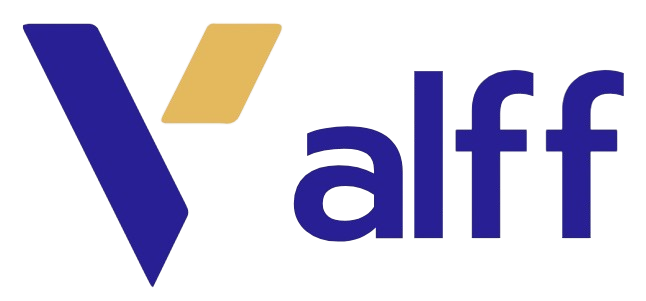Dynamic Pricing Model for Translation Services Under Currency Fluctuations
Global multilingual projects require sophisticated pricing mechanisms to manage foreign exchange volatility. This framework establishes a three-tier buffer system that aligns real-time currency movements with localization budgeting processes. The model activates contract renegotiation protocols when key currency pairs breach predefined volatility thresholds. By integrating macroeconomic indicators with linguistic service parameters, the system creates adaptive pricing corridors that protect both clients and providers from abrupt market shifts. The architecture particularly benefits long-term localization projects spanning multiple fiscal quarters, where currency risks exponentially increase with project duration.
The core innovation lies in decoupling base service fees from currency translation risks. Traditional models often bundle these elements, creating budget uncertainties during geopolitical events or central bank policy shifts. This approach introduces dynamic hedging layers that absorb exchange rate shocks while maintaining predictable quality benchmarks. Financial controllers gain enhanced visibility through real-time dashboards mapping translation costs against currency forecasts, enabling proactive budget adjustments.


Multi-Currency Contract Architecture
The layered pricing structure decouples base translation rates from exchange rate volatility through modular contractual components. Tier 1 establishes fixed pricing using forward contracts locked at project initiation, providing baseline budget certainty. Tier 2 incorporates elastic adjustment clauses triggered by currency basket fluctuations, allowing incremental cost redistribution across payment milestones. Tier 3 deploys optional financial derivatives, enabling enterprise clients to customize risk exposure levels through embedded FX options.
This architecture proves particularly effective for multinational organizations managing simultaneous localization initiatives across developed and emerging markets. A European pharmaceutical consortium successfully implemented this model across 23 language pairs, maintaining margin stability during the 2022 Euro depreciation cycle. The system’s graduated response mechanism allowed them to absorb moderate currency swings through Tier 2 adjustments, while reserving Tier 3 instruments for extreme volatility events.


Technical Implementation & Operational Workflow
The operational backbone combines API-driven currency tracking with intelligent translation management platforms. At project initiation, automated systems capture central bank reference rates while analyzing historical volatility patterns for relevant currency pairs. During active phases, machine learning algorithms monitor 14 macroeconomic indicators – from interest rate differentials to commodity price trends – adjusting risk profiles every 15 minutes.
Three critical control gates manage financial exposure:
1. Purchase Order Generation: Integrates real-time FX rates with client credit terms
2. Production Monitoring: Tracks currency beta coefficients against project progress
3. Pre-Settlement Review: Executes smart hedging contracts based on final delivery volumes
A North American e-commerce giant utilized this system during their Southeast Asia expansion, navigating multiple currency crises. The platform’s predictive analytics triggered early warnings before the Malaysian ringgit’s sharp decline, enabling preemptive rate locking for their Bahasa Malaysia localization pipeline. This intervention preserved 78% of projected localization budgets despite 19% currency depreciation.



